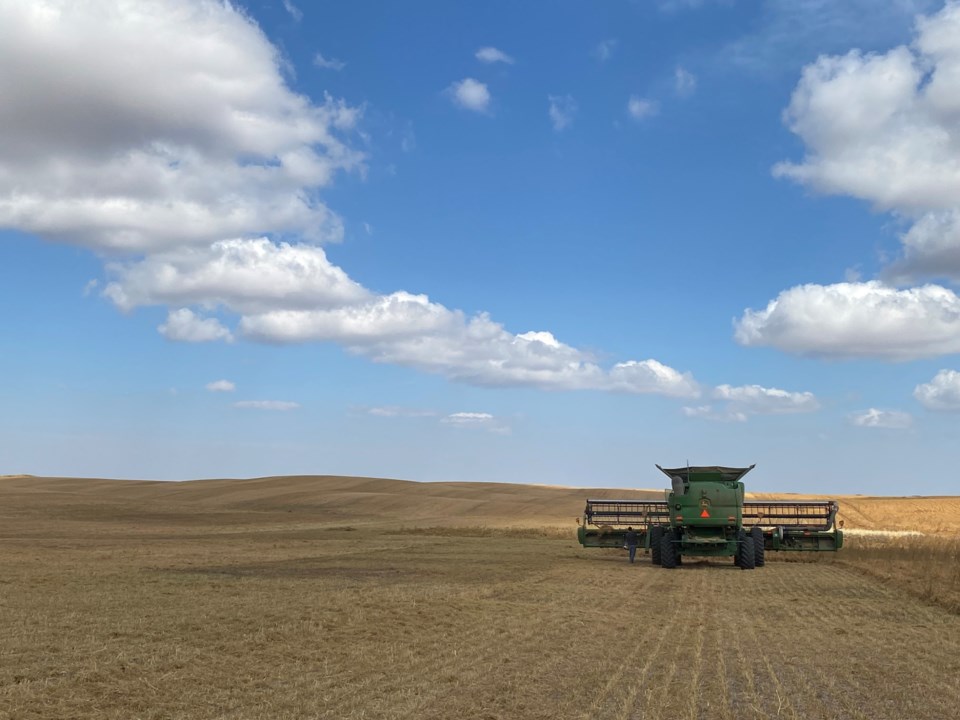Recently, fertilizer emissions have been a popular topic of discussion, given the federal government’s proposal on a 30% reduction in fertilizer emissions by 2030.
Saskatchewan's producer group, APAS, recently responded to the emission target discussion, by expressing some clear concerns.
APAS shares that Saskatchewan producers make up 40% of Canada's arable acres. Therefore, any emission reduction targets would directly impact Saskatchewan producers in a significant way. APAS expressed concern that the 30% fertilizer reduction target was set without sufficient consultation and lacked a comprehensive understanding of best agricultural management practices & nutrient stewardship technologies.
Fertilizer Canada and the Canola Council of Canada have also published a recent report indicating that the proposed 30% reduction in fertilizer emissions are unattainable. Their report shared that producers can likely only achieve half of the government's targeted reductions in fertilizer emissions by 2030.
APAS's new response to Agriculture and Agri-Food Canada summarized that any fertilizer emissions targets should consider the following:
1. Any business case for emissions reductions must be supported by research showing emissions savings along with economic and agronomic benefits and incentives for adoption.
2. The models and methodologies measuring fertilizer emissions must be clear, accurate, and reflect regional variations.
3. Emissions reduction policy should not interfere with Canada's contributions to global food security or introduce additional risks to family farm businesses.
According to APAS president Ian Boxall, the government is currently measuring fertilizer consumption and emissions on the increase in fertilizer sales. In light of this, Boxall noted that this metric fails to take into account broader factors, such as increased yields over time.
Members of APAS believe that emissions reduction targets should be set based on current nitrous oxide emissions rather than on fertilizer sales metrics.
As Boxall points out, policy should be designed so that any changes proposed will not negatively affect food security and farm viability in the long run.
"The government has research farms all over the country, they need to do the research to show us where the savings are, so that we can adapt those methods to our operations. It isn't going to be one thing that will reduce emissions, and we need to be shown where the savings are."
Regarding agriculture and environmental policy, APAS advocates a balance between production levels and agricultural policy. APAS will likely prioritize fertilizer emission reduction targets in the coming months, ensuring that producers are further consulted in ongoing fertilizer emission reduction discussions.
In his explanation, Boxall notes that governmental decisions such as this often ignore farmers' ongoing efforts to become more efficient.
"We have made great strides as it relates to environmental practices on our own farms without government pressure, and we need to be recognized for that too. We are stewards of the land and care about the environment more than we ever get credit for," says Boxall.




